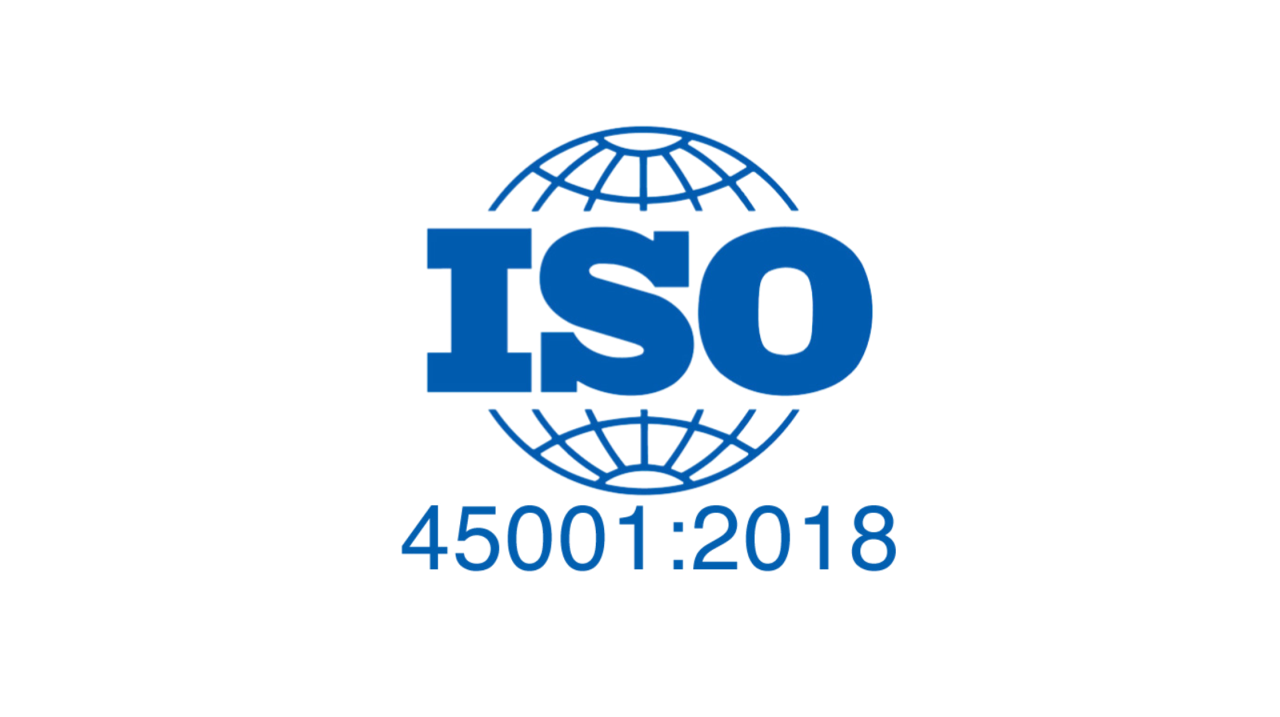ISO 45001:2018

What is ISO 45001:2018?
ISO 45001:2018 is the international standard for Occupational Health and Safety Management Systems (OHSMS). Published by the International Organization for Standardization (ISO), it provides a framework that helps organizations proactively improve workplace safety, reduce risks, and create healthier working conditions. Achieving ISO 45001 compliance with Sahl ensures organizations can streamline safety processes, reduce risks, and maintain long-term compliance.
Unlike previous OHS standards, ISO 45001 adopts a risk-based, proactive approach to preventing injuries and ill-health, ensuring organizations integrate safety into their overall management strategy.
Why ISO 45001 Compliance Matters
Workplace accidents and health issues can cause severe human, operational, and financial impacts. ISO 45001 helps organizations:
-
- Protect employees: ensuring safe working conditions and reducing workplace hazards.
-
- Meet legal and regulatory requirements: aligning with occupational health and safety laws.
-
- Boost trust and reputation: showing employees, clients, and regulators a commitment to safety.
-
- Increase productivity: fewer accidents mean less downtime and disruptions.
-
- Support sustainability goals: ensuring long-term employee wellbeing and operational resilience.
Key Components of ISO 45001:2018
The standard is structured around the High-Level Structure (HLS) used in other ISO management systems (like ISO 9001 and ISO 27001), making it easier to integrate.
Core elements include:
- Context of the Organization: internal and external factors affecting health & safety.
- Leadership & Worker Participation: top management and employee engagement.
- Planning: identifying hazards, assessing risks, and establishing objectives.
- Support: ensuring resources, training, communication, and documentation.
- Operation: hazard controls, emergency preparedness, and risk mitigation.
- Performance Evaluation: monitoring, auditing, and measuring OHS performance.
- Improvement: through incident analysis and corrective actions.

Benefits of ISO 45001 Certification
Organizations that achieve ISO 45001 certification gain:
- Reduction in workplace accidents and illness.
- Compliance with global and local OHS regulations.
- Improved organizational resilience and risk management.
- Enhanced employee morale and safety culture.
- Greater trust from partners, clients, and stakeholders.
ISO 45001 vs OHSAS 18001
ISO 45001 replaced the older OHSAS 18001 standard. Unlike OHSAS, ISO 45001 focuses on:
- Proactive risk management: not just hazard control.
- Employee participation: in decision-making.
- Integration: with other ISO standards for holistic management.
Organizations previously certified in OHSAS 18001 were required to transition to ISO 45001 by 2021.
ISO 45001 Compliance with Sahl
Manually managing occupational health and safety compliance is complex. Sahl’s AI-powered compliance platform makes it easier by:
- Automating Gap Analysis: quickly identify missing OHS controls.
- Policy Templates: ready-to-use OHS policies aligned with ISO 45001.
- Real-Time Monitoring: dashboards to track safety objectives and incident reporting.
- Evidence Collection Automation: integrations to streamline audits.
- Continuous Compliance: alerts for control failures and upcoming audits.
With Sahl, organizations can achieve and maintain ISO 45001 compliance in weeks, not months, while cutting manual workload by up to 80%.
Conclusion
ISO 45001:2018 is more than just a compliance requirement: it is a commitment to protecting people, building a stronger organization, and ensuring long-term sustainability. By embedding occupational health and safety into daily operations, businesses can create safer workplaces and resilient operations.
With Sahl’s compliance automation, organizations can not only achieve certification but also maintain continuous compliance effortlessly.
FAQs
1. What does ISO 45001:2018 cover?
ISO 45001:2018 is the global standard for Occupational Health and Safety Management Systems (OHSMS). It provides organizations with a framework to create safer workplaces, prevent injuries, and promote overall employee wellbeing.
2. Who needs ISO 45001 certification?
Any organization, regardless of size or industry, that wants to improve workplace safety, comply with regulations, and reduce accidents can benefit from ISO 45001.
3. How is ISO 45001 different from OHSAS 18001?
ISO 45001 takes a proactive risk management approach, requires greater worker participation, and aligns with other ISO standards. OHSAS 18001 was more focused on hazard control.
4. What are the benefits of ISO 45001 compliance?
Compliance reduces workplace accidents, boosts employee morale, ensures regulatory compliance, and strengthens organizational resilience.
5. How long does it take to achieve ISO 45001 certification?
Traditionally, it can take several months. With automation tools like Sahl, organizations can achieve compliance much faster, often within weeks.
6. How does Sahl help with ISO 45001 compliance?
Sahl automates policy creation, gap analysis, evidence collection, and monitoring. This enables organizations to simplify audits and sustain long-term compliance.
Learn more about how Sahl can help you achieve ISO/IEC 45001:2018 compliance: getsahl.io

